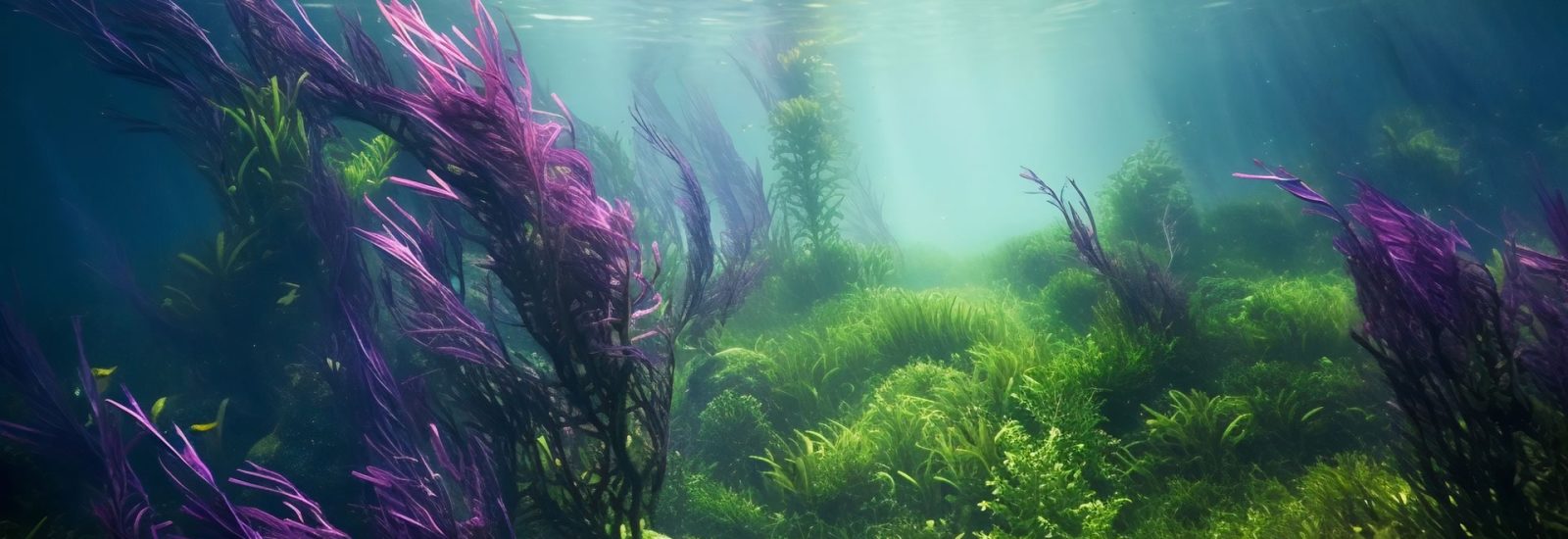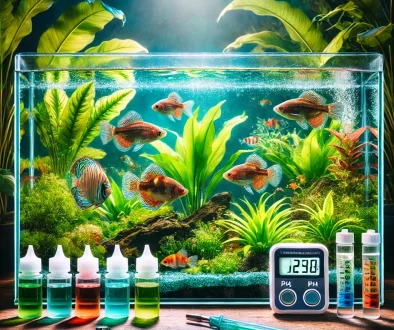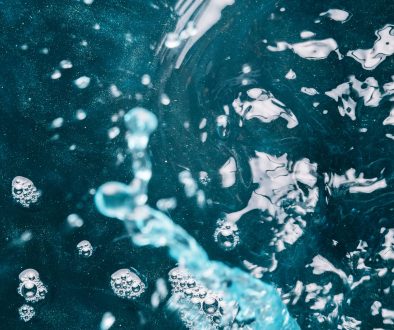Enhancing Aquarium Health with EI Dosing
A Comprehensive Guide Introduction:
Achieving a thriving aquarium ecosystem requires more than just providing water and basic care. To foster lush plant growth and vibrant aquatic life, aquarists often turn to EI dosing, a method that supplies essential nutrients to plants in a balanced and controlled manner. In this guide, we’ll delve into the world of EI dosing, exploring its benefits, implementation, and how it contributes to the overall health and beauty of your aquarium.
Understanding EI Dosing:
EI dosing, short for Estimative Index dosing, is a method developed by aquarist Tom Barr that aims to provide plants with an abundance of nutrients without the risk of deficiencies or algae overgrowth. Unlike traditional dosing methods that rely on water testing and precise measurements, EI dosing involves dosing nutrients in excess, ensuring that plants have access to everything they need for robust growth.
Why EI Dosing Matters:
Promotes Lush Plant Growth: Plants require a variety of nutrients to thrive, including macronutrients such as nitrogen, phosphorus, and potassium, as well as micronutrients like iron and manganese. EI dosing ensures that these essential nutrients are readily available, promoting lush, healthy plant growth and vibrant colors. Prevents Nutrient Deficiencies: Inadequate nutrient levels can lead to stunted growth, yellowing leaves, and other signs of nutrient deficiency in plants. By providing an ample supply of nutrients through EI dosing, aquarists can prevent deficiencies and maintain optimal plant health and vitality. Reduces Algae Growth: Algae thrive in environments where nutrients are imbalanced or limited. By supplying plants with an abundance of nutrients through EI dosing, aquarists can outcompete algae for resources, effectively reducing algae growth and maintaining a clean and algae-free aquarium. Implementing EI Dosing in Your Aquarium: Choose a Comprehensive Fertilizer: Select a high-quality aquarium fertilizer that contains a balanced blend of macronutrients and micronutrients. Look for products specifically formulated for planted aquariums to ensure optimal results.
Establish a Dosing Regimen:
Implement a dosing regimen based on the EI method, which typically involves dosing all nutrients to excess on a regular basis. While exact dosing schedules may vary depending on factors such as tank size and plant density, a common approach is to perform weekly water changes followed by dosing the entire range of nutrients. Monitor Plant Growth and Adjust: Regularly observe plant growth and health to assess the effectiveness of your dosing regimen. If plants show signs of nutrient deficiencies or algae overgrowth, adjust your dosing levels accordingly to achieve a balance that promotes healthy plant growth while minimizing algae proliferation. Maintain Water Quality: Alongside EI dosing, it’s crucial to maintain good water quality through regular water changes, filtration, and adequate lighting. Proper water circulation and nutrient uptake by plants help prevent nutrient imbalances and maintain a stable aquatic ecosystem.
Conclusion: EI dosing represents a powerful tool in the arsenal of aquarists seeking to cultivate lush, thriving planted aquariums. By supplying plants with ample nutrients and preventing nutrient deficiencies and algae overgrowth, EI dosing contributes to the overall health and beauty of your aquarium. By understanding the principles of EI dosing and implementing a balanced dosing regimen, aquarists can enjoy a vibrant underwater landscape teeming with life and colour.
To access a wealth of information, we highly recommend joining this forum: Http://www.ukaps.org





